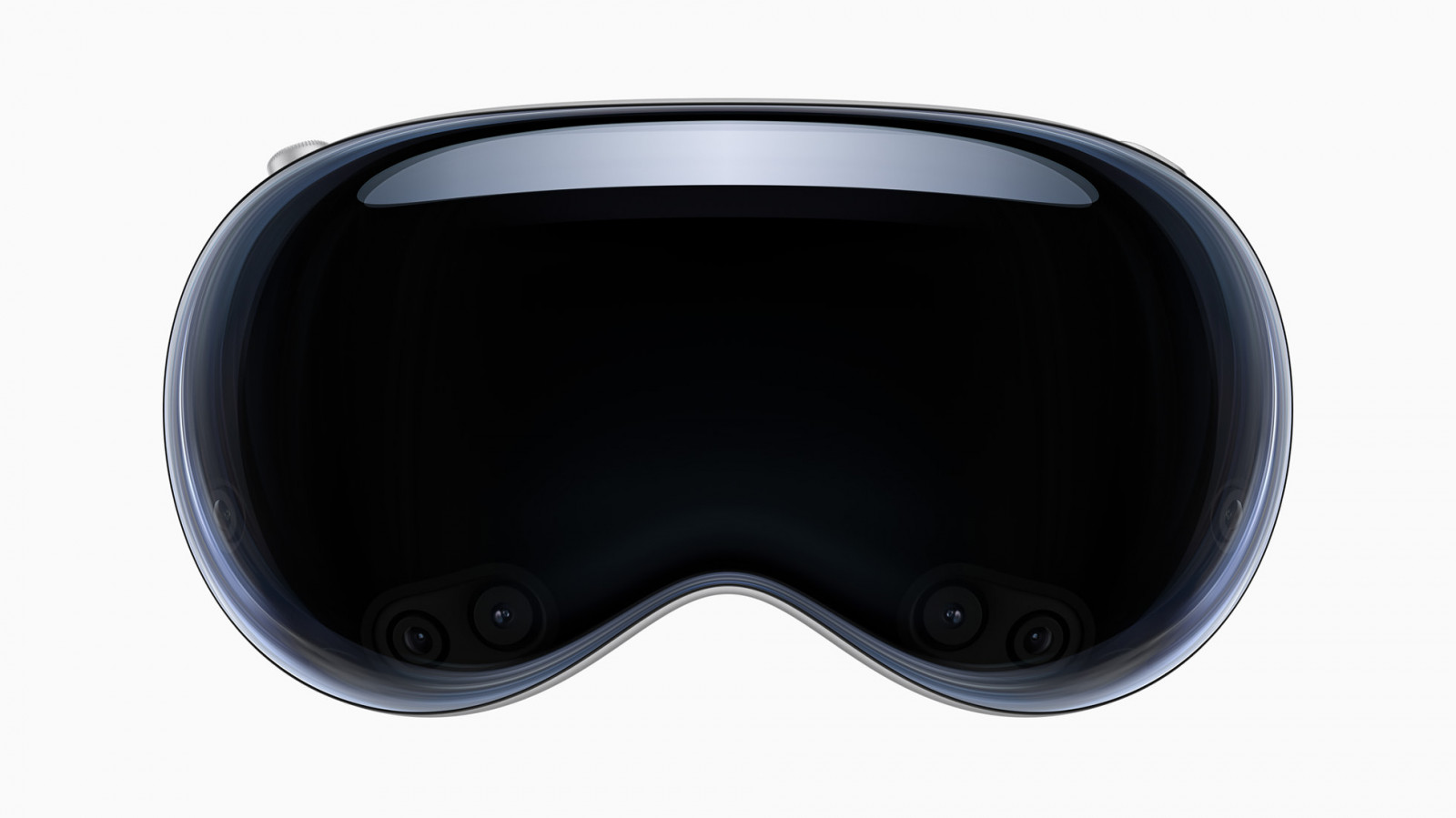Apple’s Vision Pro is about a better today rather than a shinier tomorrow


Apple’s long anticipated VR move finally saw daylight in the shape of Vision Pro. What is particularly interesting about the launch and its subsequent coverage is that the conversation is more about what Vision Pro enables rather than what it actually is. Apple has successfully engineered a hardware launch into a services and experiences narrative. All this, without too much at all in the way of actual new services. No mean feat. A sharp contrast with product launches for iPhone and Apple Watch, despite both devices operating within the same services ecosystem. Apple has been able to achieve this because it at least appears to have used Vision Pro to take today’s suite of services and experiences to a new level, much like iPod transformed music consumption and iPhone reinvented our wider digital lives. Claiming the legacy of those previous innovations, Vision Pro is staking its claim as a new way to experience today’s world, with the promise of facilitating an entirely new paradigm thereafter – again, just like those previous devices.
On the surface, the Vision Pro narrative might feel simply like a riff on Meta’s VR strategy, but the differences are foundational. Meta’s VR move is bold and uncompromising. It is founded on the metaverse: a promise of an entirely new world, so transformational that the company even renamed itself after it. It is an exciting, North Star vision, but it is also a future that is distant and far from front-of-mind for mainstream consumers. Apple ensured it dropped plenty of hints that it too wants in on that brave new world (as illustrated by the VR experience in Disney’s sizzle reel), but the metaverse was limited to a supporting role in the Vision Pro show. The star was today, not tomorrow.
Apple presented how Vision Pro enables consumers to experience today’s digital world in a new environment, whether that be apps, browsing the web, watching movies or playing games. Of course, Apple emphasised how all of those are enhanced by being experienced in an immersive virtual environment, but it was crucially a representation of the familiar in new surroundings. Why? Because Apple has its eyes on the mainstream adoption of a new(ish) product category. Apple’s M.O. is that of an early follower, innovating rather than inventing. Its history is defined by making moves only when a new product category is deemed ready for primetime, letting others bleed out on the bleeding edge of new tech.
Featured Report
AI futures Culture wars
AI is transforming culture, entertainment, business, and society at a rate unprecedented in the digital era. Unlike previous tech, AI is evolving at the speed of computing, not the human brain. Delivering as quickly as it promises, AI is breaking the mould.
Find out more…XR (i.e., VR and AR) may not yet be at that primetime point. Currently only 4% of consumers own a VR headset, up just one percentage point from 3% in Q3 2021. But Apple has priced version one of Vision Pro so high ($3,449 – which reflects high component costs and no doubt will help recoup some of those vast R+D costs) that it will effectively constrain uptake to its early adopter elite. So, by the time the more affordable versions two and three come to market, primetime will have arrived. At least that is what Apple is likely planning on.
One element that may represent the linking piece between today and tomorrow was FaceTime. Although there was not a huge amount in terms new features (the slightly unsettling avatars aside), FaceTime has the potential to develop a new purpose and relevance in an XR environment, making the connections with other people more vital, more meaningful. This is, of course, the overlapping segment part of the Ven diagram of Apple’s and Meta’s VR strategies – and it is no coincidence that it is such a big bet for both companies. Communication and connection underpinned many of the modern world’s biggest technology shifts (the internet, smartphones, social media, video calls) and it will likely be the use case that ushers XR into the mainstream. If Apple manages to be at the centre of this, it may end up transforming FaceTime from a useful smartphone app into the foundational architecture of a metaverse-era social network. But it will get there by starting off with a newer version of today.

The discussion around this post has not yet got started, be the first to add an opinion.